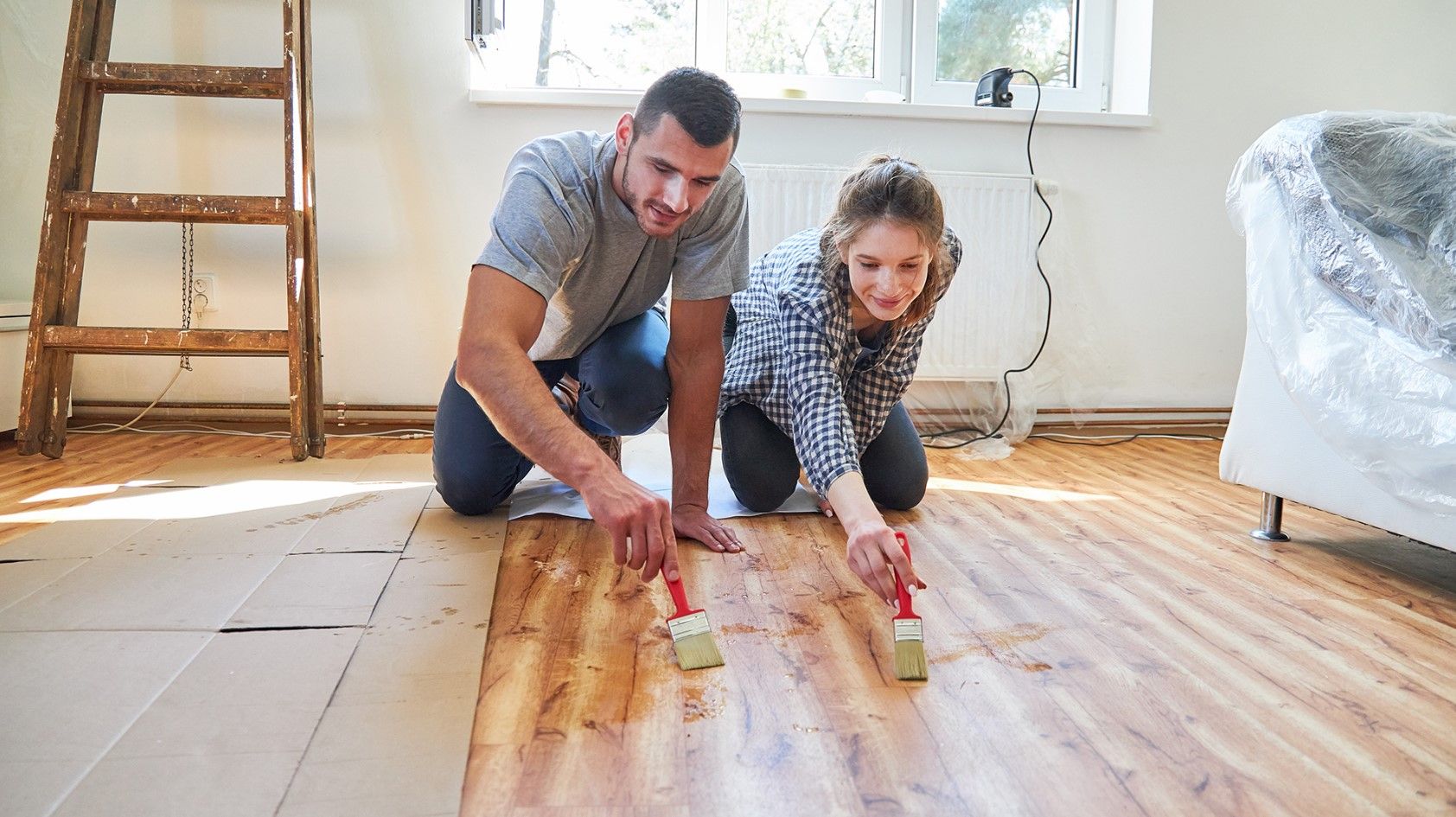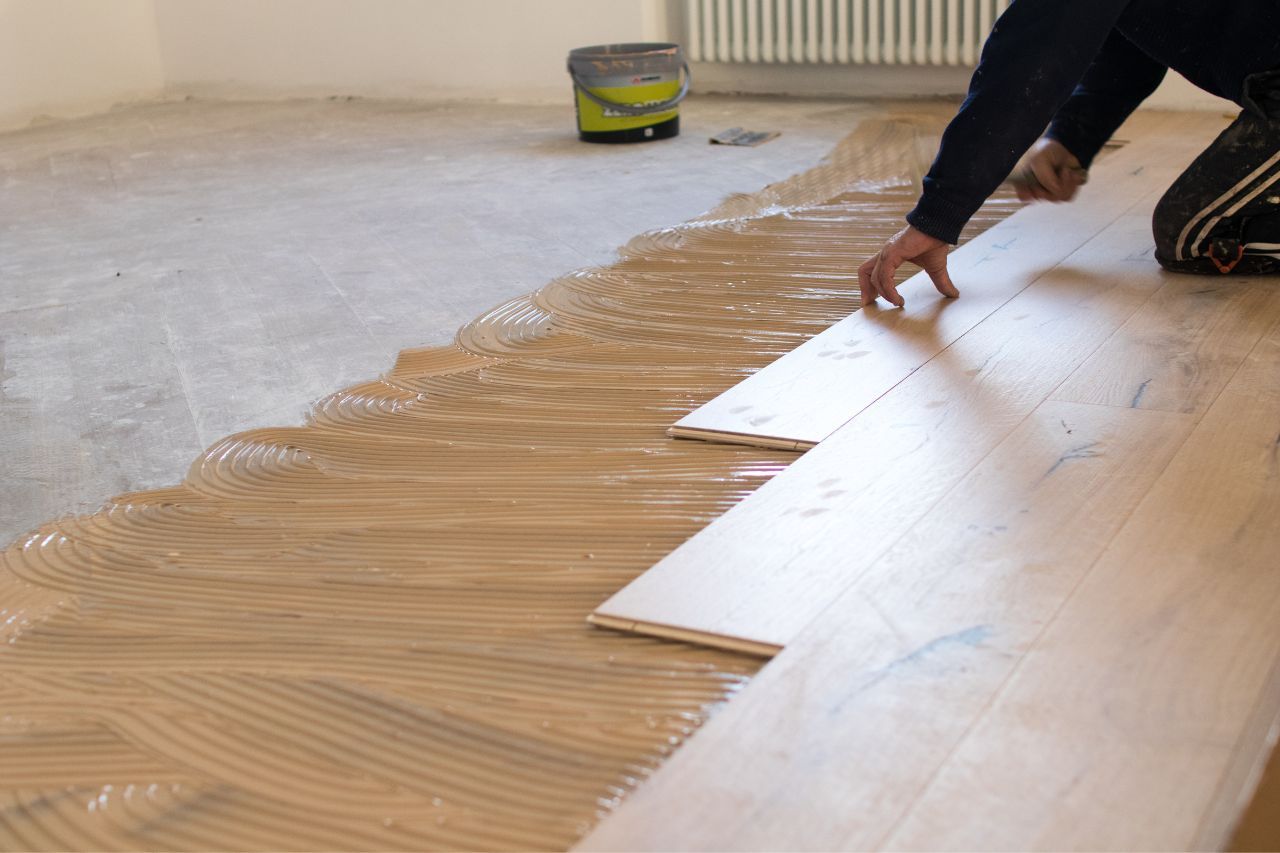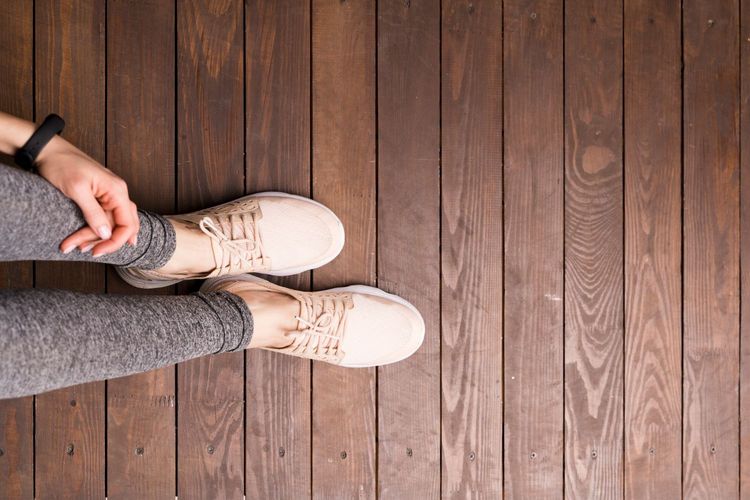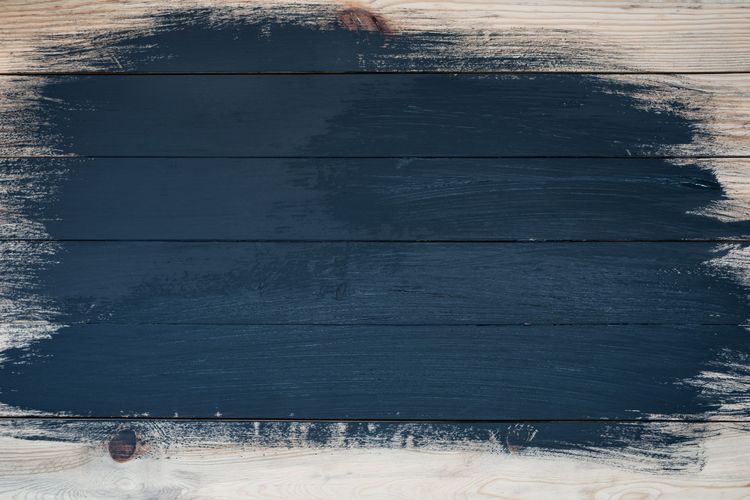Why sealing wood floors is so important

Sealing wooden floors plays a key role in maintaining their durability, aesthetics and functionality. Wood floors, despite their durability and beauty, are exposed to various external factors such as moisture, dust, dirt and mechanical damage. Without proper sealing, wood can absorb moisture, leading to warping, mold growth and accelerated deterioration.
Sealing creates a protective barrier that prevents the penetration of harmful substances and preserves the natural appearance and structure of wood. In this article, we'll look at why wood floor sealing is such an important procedure, what methods and materials are used to do it, and how to properly perform sealing for the best results.
Why a wood floor needs a sealant
Sealant helps extend the life of old flooring and is an essential material when installing new flooring. It fills and makes thin seams virtually invisible, protecting the floor from moisture and dirt. Thanks to the sealant, floors become more resistant to external influences, which significantly extends their service life and preserves their aesthetic appearance.

Why acrylic sealant is the best solution
Acrylic sealant is the best choice for sealing wood floors for several reasons:
- Versatility: Suitable for treating surfaces both outside and inside of buildings, it is safe for humans and does not emit harmful substances.
- Performance characteristics:
- Reliably protects against the vagaries of the weather, keeps moisture and air out.
- Elastic, i.e. deformations of wood do not affect its performance.
- One quality application lasts for many years (up to 10 years or more).
- Most acrylic sealants are vapor permeable, which allows them to allow air vapors to pass through and not disturb the indoor climate.
- Compatible with finishes: Can be used for painting, caulking, varnishing - all of these formulations adhere well to the acrylic base, allowing you to achieve the desired color and texture without compromise.
- Ease of use: Sold ready-to-use, no dilution or special preparation is required before use.
- Aesthetics: The sealant looks very neat if the application technique is followed.
Which area of the wooden floor needs sealing
The following areas of the wood floor need sealing:
- The perimeter of the floor-wall junction.
- Corners.
- Gaps, cracks between boards and small holes in them, both new - immediately after installation, and appeared over time.
How to use the sealant
Sealant is introduced into gaps, cracks and small chips with a special gun or directly from a convenient factory tube. The optimum depth of filling is 1.5 cm. Particular attention should be paid to places near heating devices, as they are particularly susceptible to drying out.

If the gaps in the wooden floor are too wide, more than 3-4 cm, they should be sealed beforehand, for example, with a sealing harness, which can be impregnated with antifungal composition. After the sealant dries completely (the term is indicated on the package), you can paint and varnish the surface, as well as install the skirting board.
Problems and typical mistakes during sealing
Sealing wooden floors is an important stage that requires a careful approach and knowledge of the nuances. Some mistakes can lead to a decrease in the effectiveness of the sealant and even damage to the floor. Let's consider the most common problems and typical mistakes when sealing.
Improper sealant selection
Choosing the wrong sealant can result in inadequate floor protection. It's important to consider the conditions of the floor, the type of wood, and other factors. For example, an acrylic sealant is suitable for most applications, but a specialty compound may be needed in high-humidity environments.
Storage rules are violated
Sealant should be stored according to the manufacturer's recommendations. Violation of storage conditions (for example, exposure to high temperatures or direct sunlight) can lead to a loss of its properties, which will negatively affect the quality of sealing.
Ignoring the need to caulk wide gaps
Wide gaps exceeding 3-4 cm require pre-filling, e.g. with sealing tape. Ignoring this step can result in the sealant failing to effectively fill the gap and provide reliable protection.
Applying a large layer of sealant
A layer of sealant that is too thick can crack and peel, resulting in the need for reapplication. It is important to follow layer thickness recommendations to ensure an even and long-lasting coating.
Using adhesive instead of sealant
Adhesive does not have the necessary properties for sealing and will not provide sufficient elasticity and resistance. Using glue instead of sealant is a serious mistake that can lead to floor damage.

By avoiding these common mistakes and following the sealing recommendations, you can ensure a durable and attractive floor.
Should you trust professionals or do it yourself?
When it comes to sealing wood floors, it's best to call in the professionals. Here's why:
- Cost savings: While it may seem cheaper to do it yourself, in practice, professionals already have all the necessary tools and materials. This eliminates the need to buy or rent them, which can be quite costly.
- Experience and expertise: Professionals have a lot of experience in sealing floors. They are familiar with many nuances, know how to avoid common mistakes, and guarantee high quality work.
- Speed and Efficiency: Professionals will get the job done faster and with less effort. Their skills and use of specialized equipment can significantly reduce the time required for sealing.
- Quality and durability: Experienced professionals will ensure that the sealant is applied correctly, which guarantees longevity and reliable protection of the floor. This is especially important for maintaining the aesthetics and functionality of wood flooring.
- Risk Avoidance: Improper sealing can result in damage to the floor and the need for replacement or costly repairs. Professionals know how to avoid such risks, ensuring the safety and longevity of the job.
Thus, entrusting wood floor sealing to professionals is a smart and cost-effective decision. It will not only save time and money, but also allow you to get a quality result that will last for many years.



